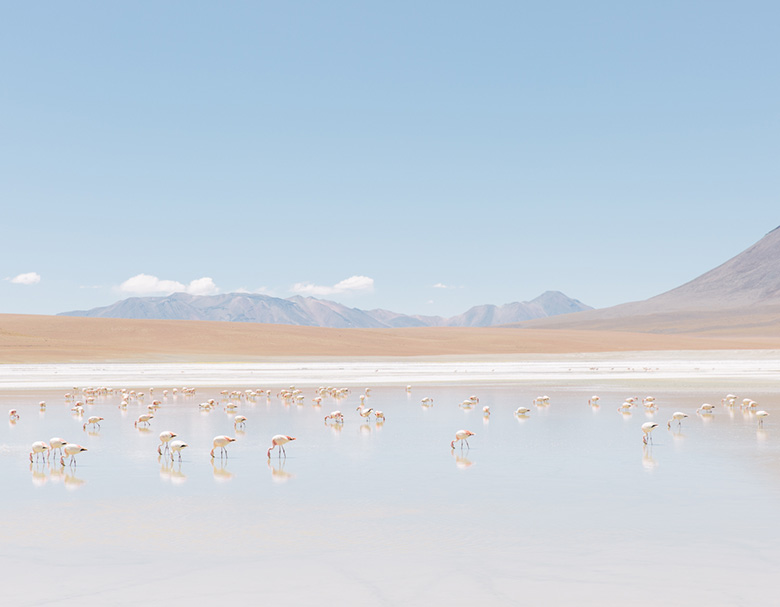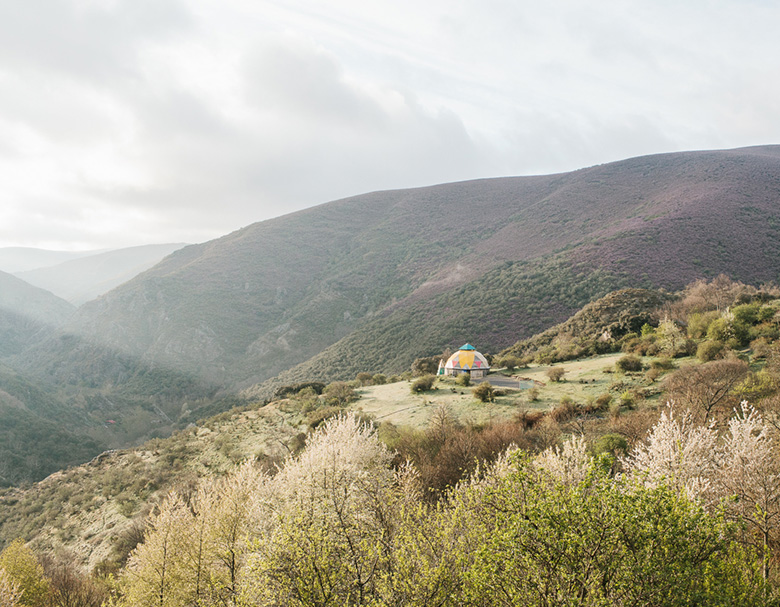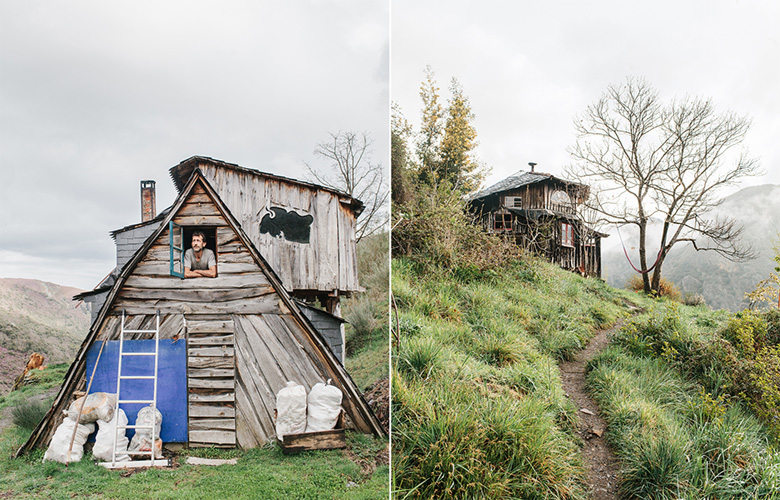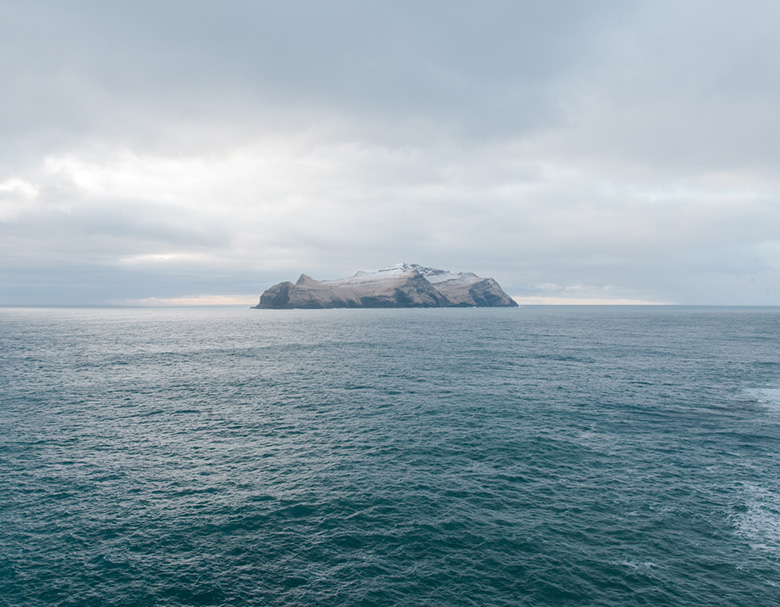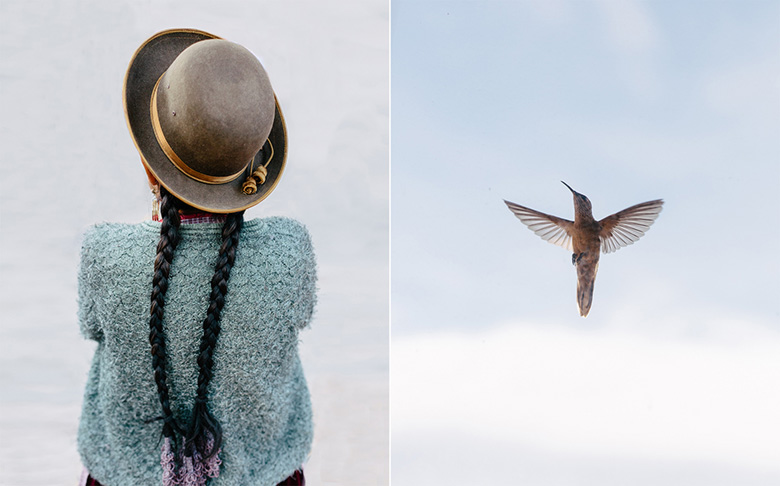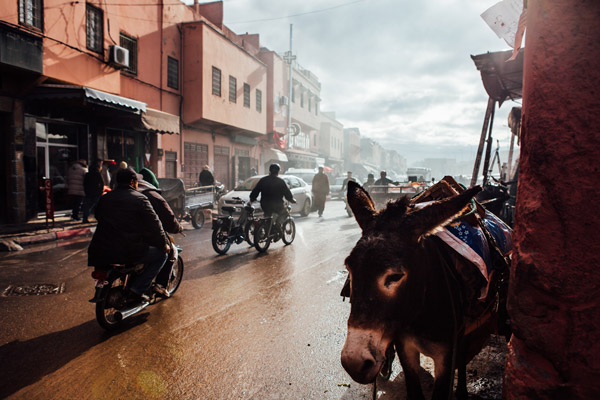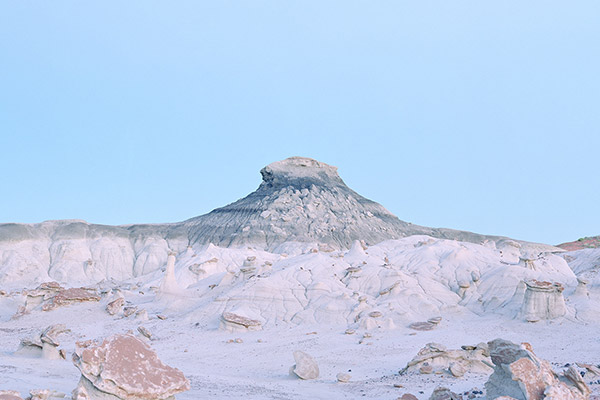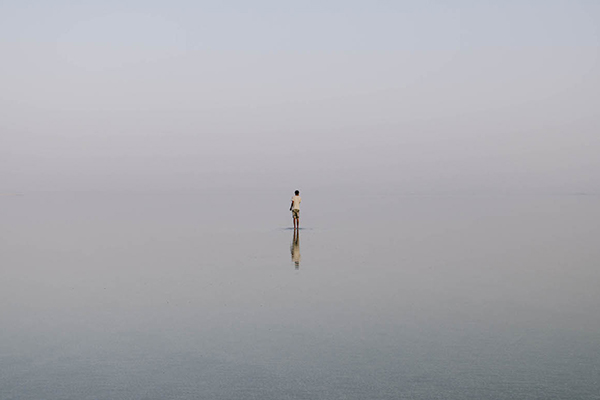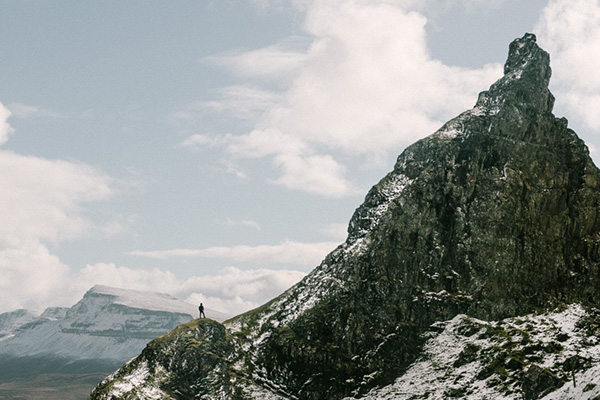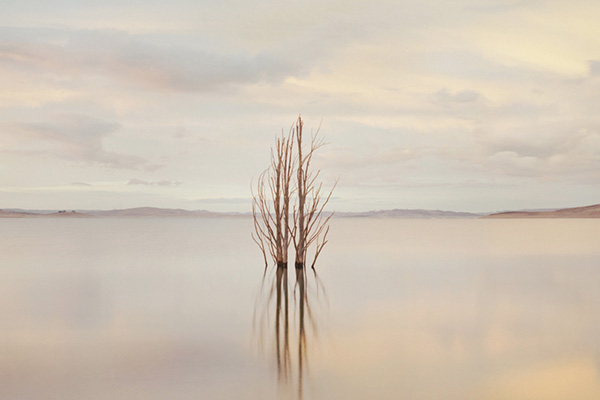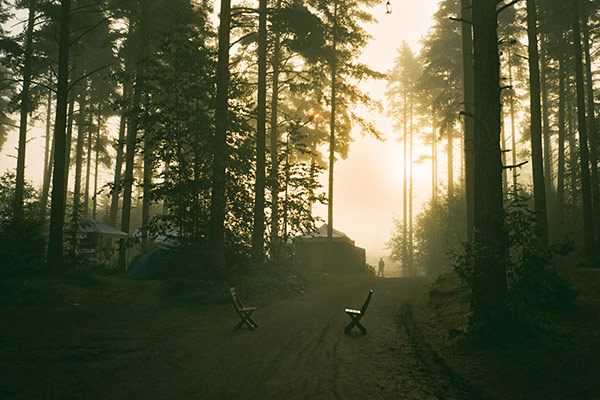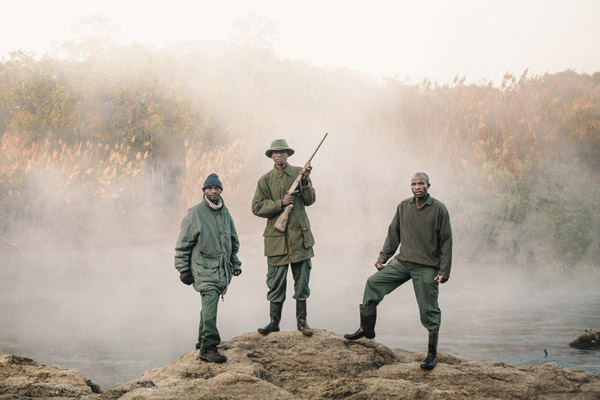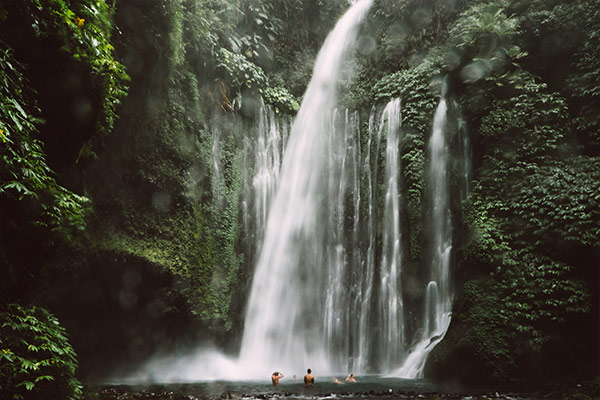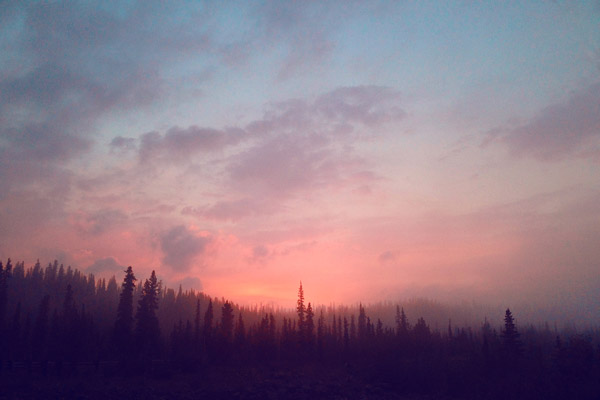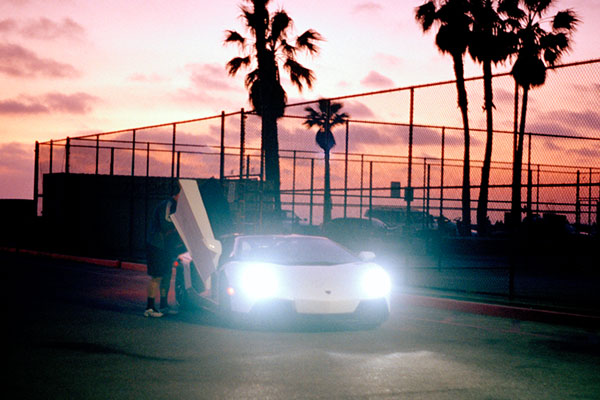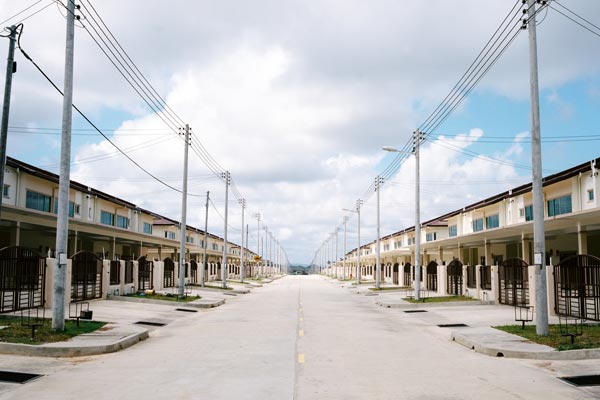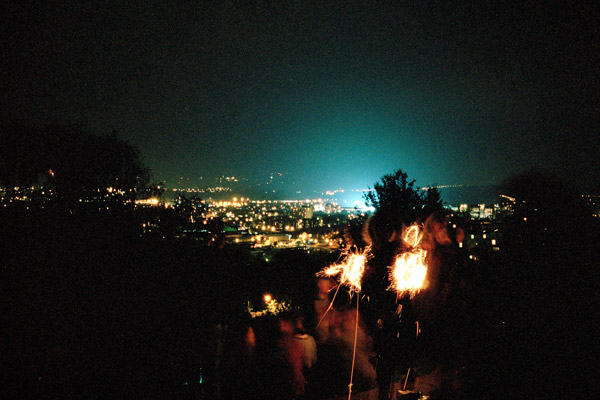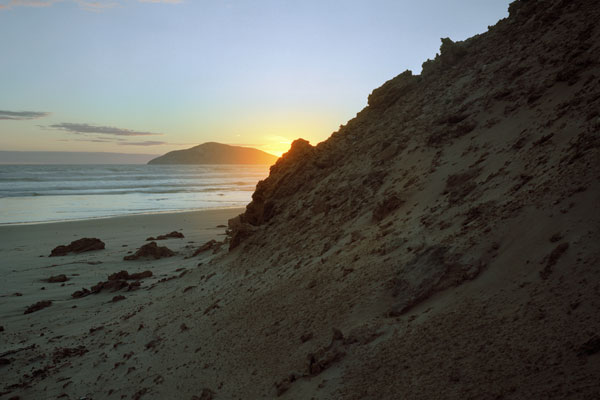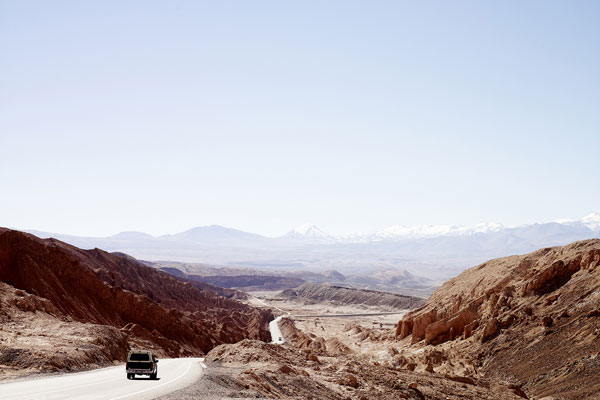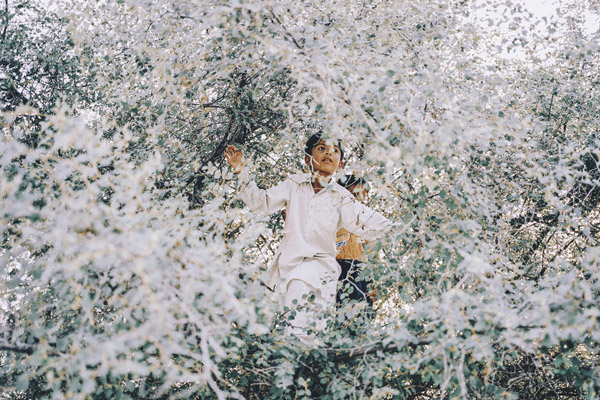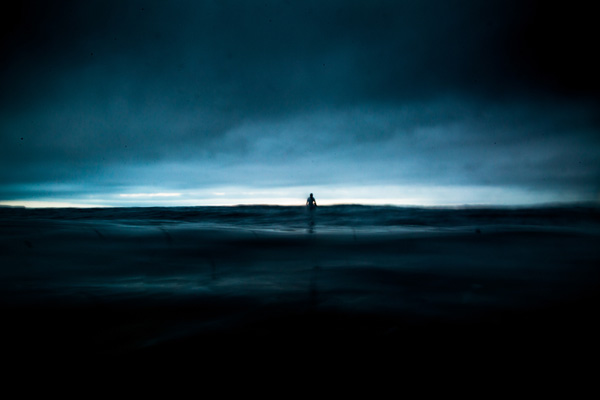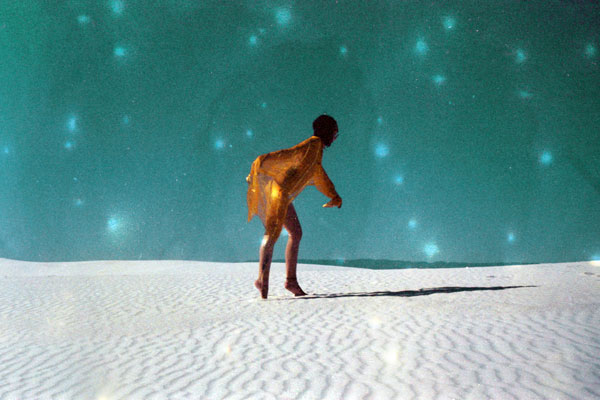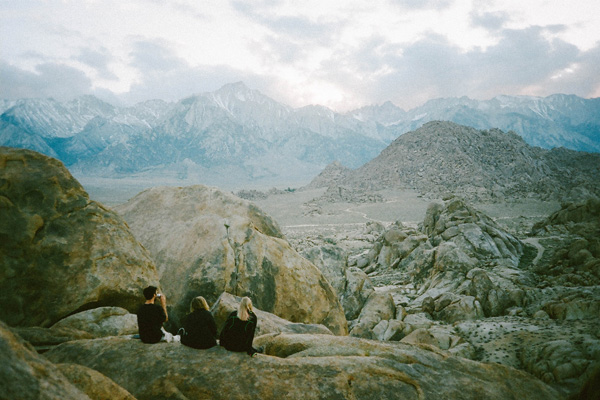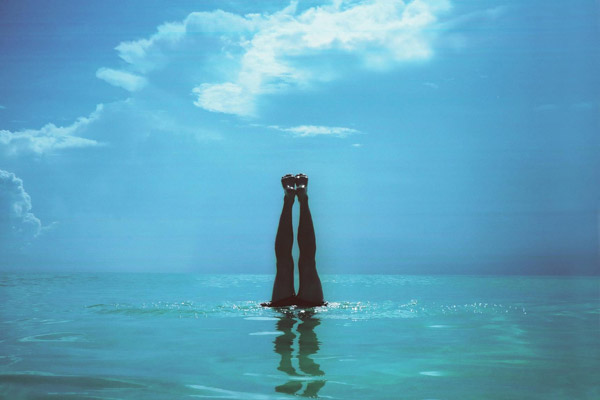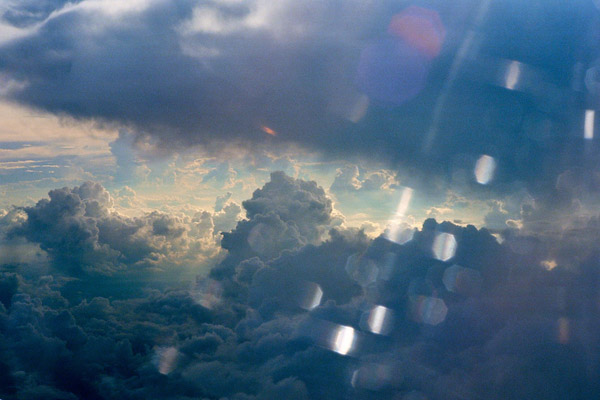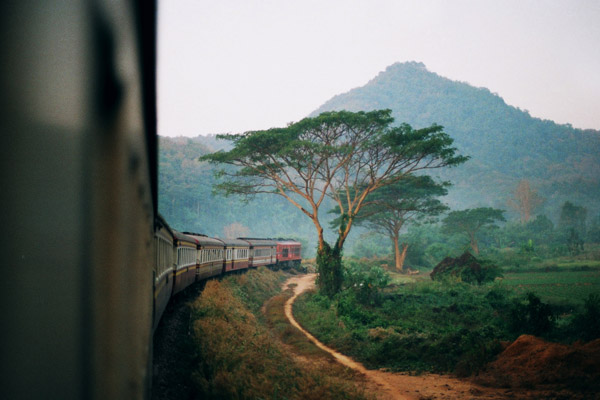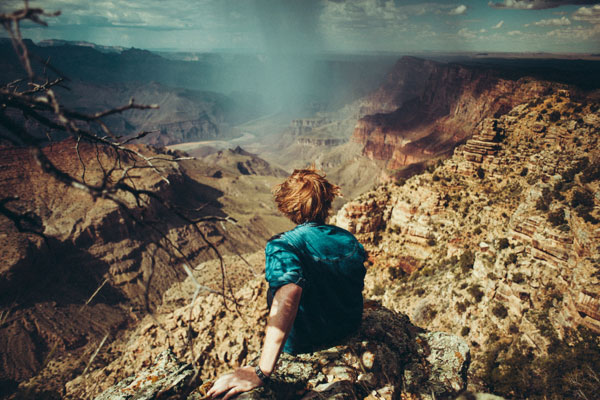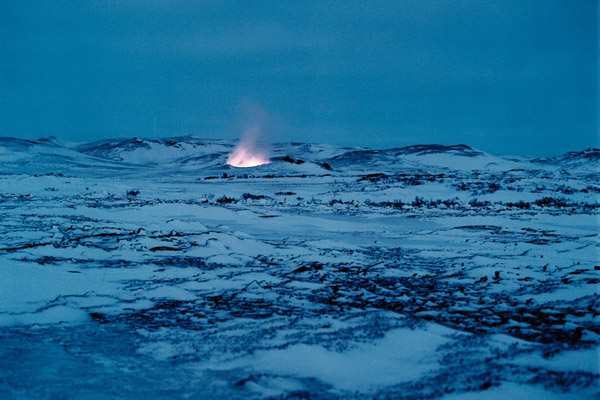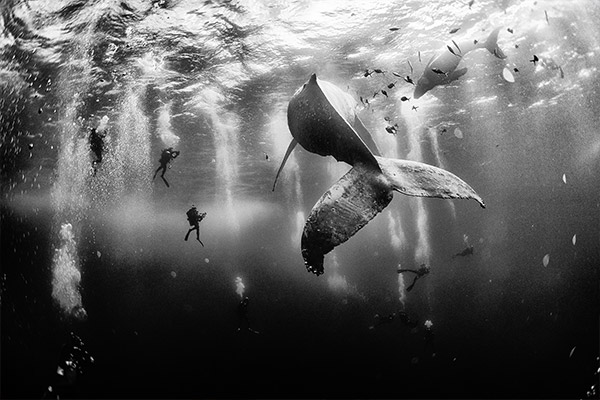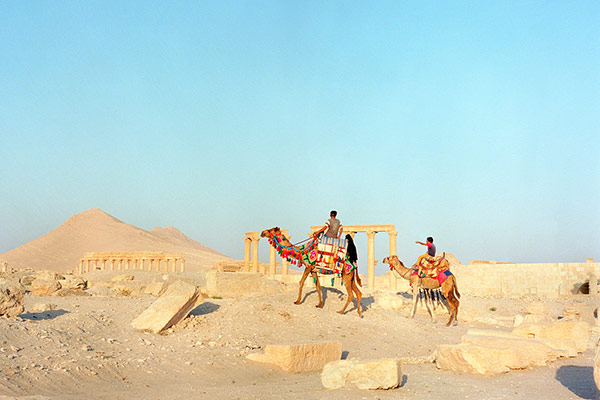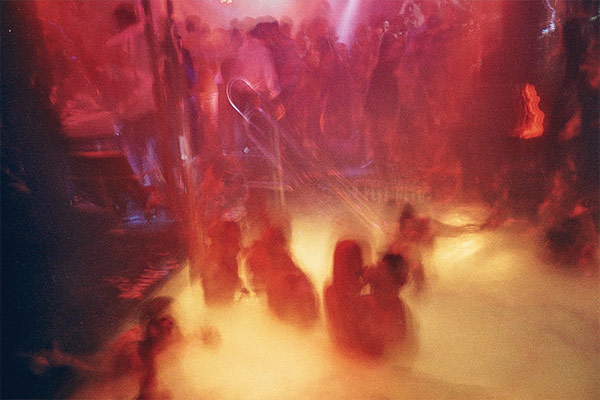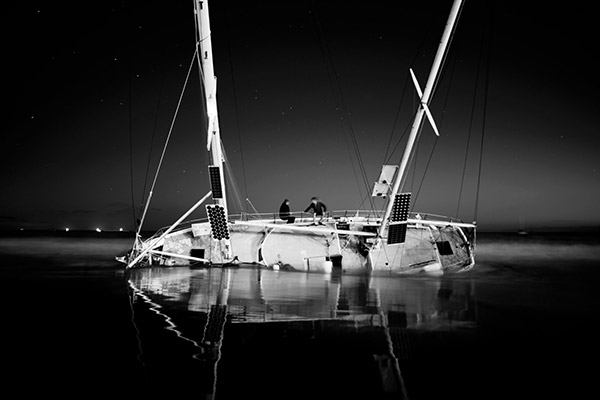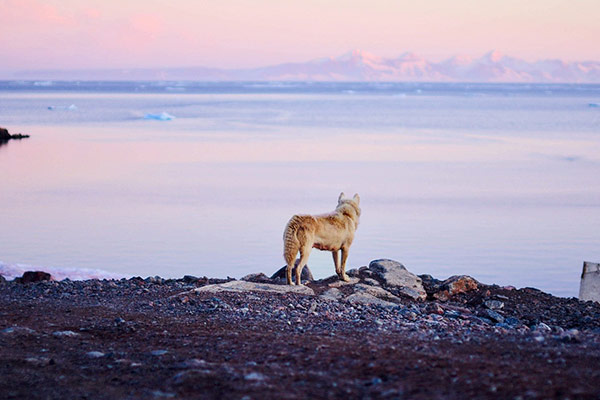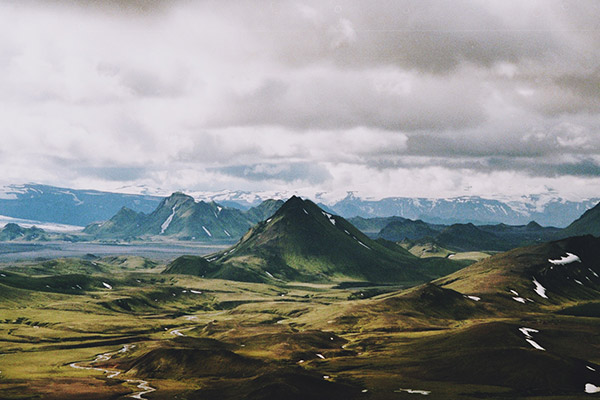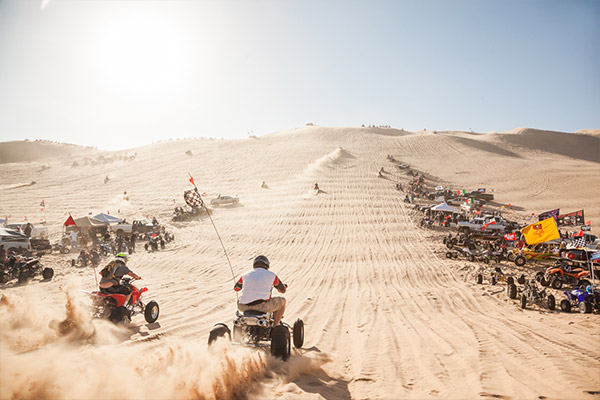Where are you based?
Gent, Belgium.
How do you make a living?
I’m a freelance photographer. I make a living mainly from shooting editorial, travel and documentary assignments for magazines. I also try to work on various personal social documentary projects each year.
What are you most passionate about?
The world and its people. I try to never lose the ability to wonder or to be amazed by people I meet and places I come across, even in my own street.
How has travel made an impact on your life?
It’s doing so much to me. By travelling, I become a stronger and more independent human being. Traveling solo really made me stand on my two legs. Traveling frees my mind and inspires me. It offers you a fresh look at things. Whenever I’m frustrated about my work, I go out and hope to find something inspiring. At the same time, I appreciate home more and more. While travelling I always realise what’s so good about living in Belgium, how I love my friends and family, and that nothing in the world can replace them. I love going out on a little adventure, but I also love coming back.
What camera do you use?
A Canon 5D Mark III and a Mamiya RZ67.
Receive a postcard from us sign up


